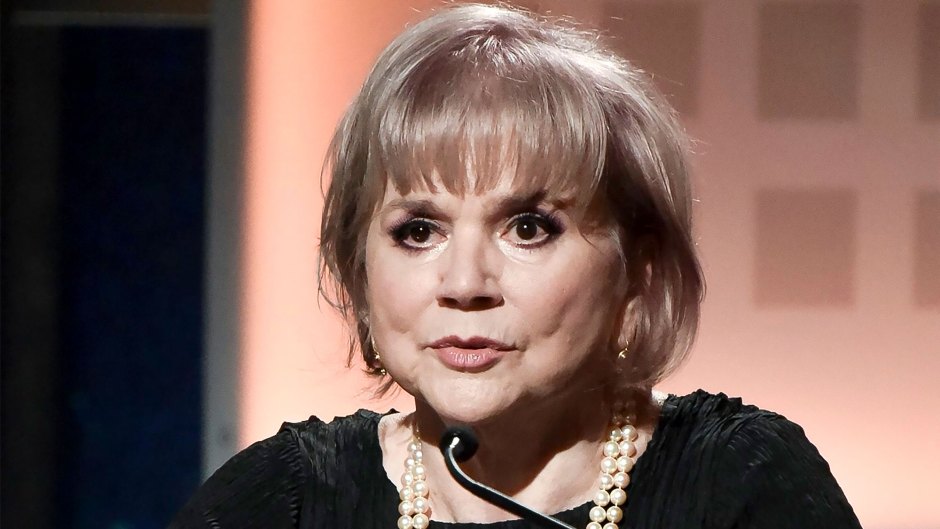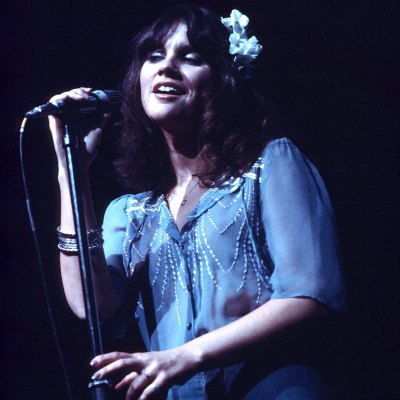
Shutterstock
Linda Ronstadt Says She Misses Playing Music After 2011 Supranuclear Palsy Diagnosis: ‘I Can’t Sing’
Linda Ronstadt fell in love with music very early in life. “I think I was about 2 when I knew I was going to sing,” she tells Closer. “I always sang. I loved it. But I guess I just didn’t know I was going to be famous or a star or anything like that.”
Of course, Linda became one of the biggest and most beloved performers of the 1970s. She landed 10 singles on Billboard’s top 10, including the rock classics “You’re No Good,” “Blue Bayou” and “Poor Poor Pitiful Me.” In her nearly five decades in the spotlight, she has also earned an impressive 11 Grammys.
Her groundbreaking album of traditional Mexican folk songs Canciones de Mi Padre, which was released in 1987, is perhaps her most personal work, as it reflects the Arizona native’s heritage and family bonds. The album was inducted into the Grammy Hall of Fame last year.
What do you think you would have done if you hadn’t become a singer?
I don’t have any idea! I like to read, but I hated school. I probably would have become a music teacher or something like that.
If you could go back and give your younger self advice, what would you say?
Master an instrument early on — the guitar or piano. I also would have spent a lot more time learning traditional Mexican music. I knew it, but I didn’t know it well enough to play it professionally. I had to learn a lot about rhythm. I feel I didn’t really start to sing well until after I had done Mexican music. It really gave me the whole gift of rhythm.

Were you very aware of your Mexican heritage growing up?
Oh, completely. I thought Spanish was a language you sang in and English was the language you spoke in. There were plenty of people speaking Spanish in my house. The grown-ups liked to have their language of privacy, so they didn’t teach it to us because then they could talk in front of us! We had Mexican foods, tortillas and tamales, at Christmas time. There were always people speaking two languages in our house.
As a young person, did you ever try to hide or downplay your heritage?
Never. Arizona used to be a big part of Mexico, so there was Mexican culture there. I was born 60 minutes from the Mexican border. In those days, the border was permeable. We would go back and forth and have lunch with friends, go to parties, dances, balls, baptisms and weddings. My father did business with all the ranchers in northern Mexico, so we knew everybody. Now they put a fence in that part of the desert, but the culture remains the same on both sides. It’s really just an atrocity, and I’m so sorry to see it.
You were a trailblazer for female musicians in the 1970s. Was it hard to be taken seriously as an artist when you were young?
I tried taking myself seriously, but I wasn’t very good. I could tell the difference between good and where I was at. It was just a matter of putting my head down and doing the work.
Did you run up against people trying to take advantage of you?
Oh, people have tried to take advantage of me my whole life from time to time. I think it happens to everybody. I had a really good manager, so I was protected from a lot.
You retired from performing in 2011 and revealed that you have a progressive disease, supranuclear palsy. Are you still able to play music?
I can’t play the guitar or piano, and I can’t sing at all. I miss it and I miss knitting. I can’t do that either. I’m just lucky I can still read.
Do you still listen to music?
Yes, but I don’t listen to my own records. I like this girl Marisoul, who sings with a band called La Santa Cecilia. I also like Billie Eilish.
You have two adopted children, Mary and Carlos. Did either of them follow you into music?
They like music. My daughter can sing harmonies because I taught her how. My son is actually really talented. He picked up the guitar and just learned it like lightning, but that’s not his primary focus. He’s a techie and has a good job and a nice girlfriend. My children both use music for their own enjoyment, which is what music is really for.
What is your life like today?
It’s fairly tranquil. I have a lot of support and a lot of family and friends, so I am content. YouTube has endless operatic performances, and I love opera. I also love ballet. I’m looking forward to the day when we can gather in a theater and see something great again.
You’ve received so much acclaim during your career. Is there anything else you’d like to accomplish?
I’ve been involved in helping people who are stuck in our horrible immigration system cross the border. They’re migrants who have been deported or migrants who have been refused entry, or families who were separated from their children. There’s a huge number of children out there who can’t be reconnected with their parents. They were cruelly taken away, and I’d like to help. It’s a horrible thing to solve, but you take one case at a time and you deal with it.
You’ve also been very involved with Los Cenzontles Cultural Arts Academy in California, which teaches music and art to underserved children.
Yes. It’s a group I have been working with for almost 30 years. They run about 30 kids a week through this cultural center, where they learn traditional Mexican music. They learn how to play traditional instruments, how to dance traditional dances, and they learn how to sing. It’s a very dicey neighborhood, and it gives the kids a place to go after school.
Why is it so important for children to have education in the arts?
Children need real art in their lives — not the stuff you watch on television. Art is essential for processing your feelings, connecting to your origins and who you are. Children need to be instructed in it so they can process their feelings.
Do you have any mottoes you live by?
Do what you’re doing. Whatever you’re doing, put your whole concentration into it and do it right.







































